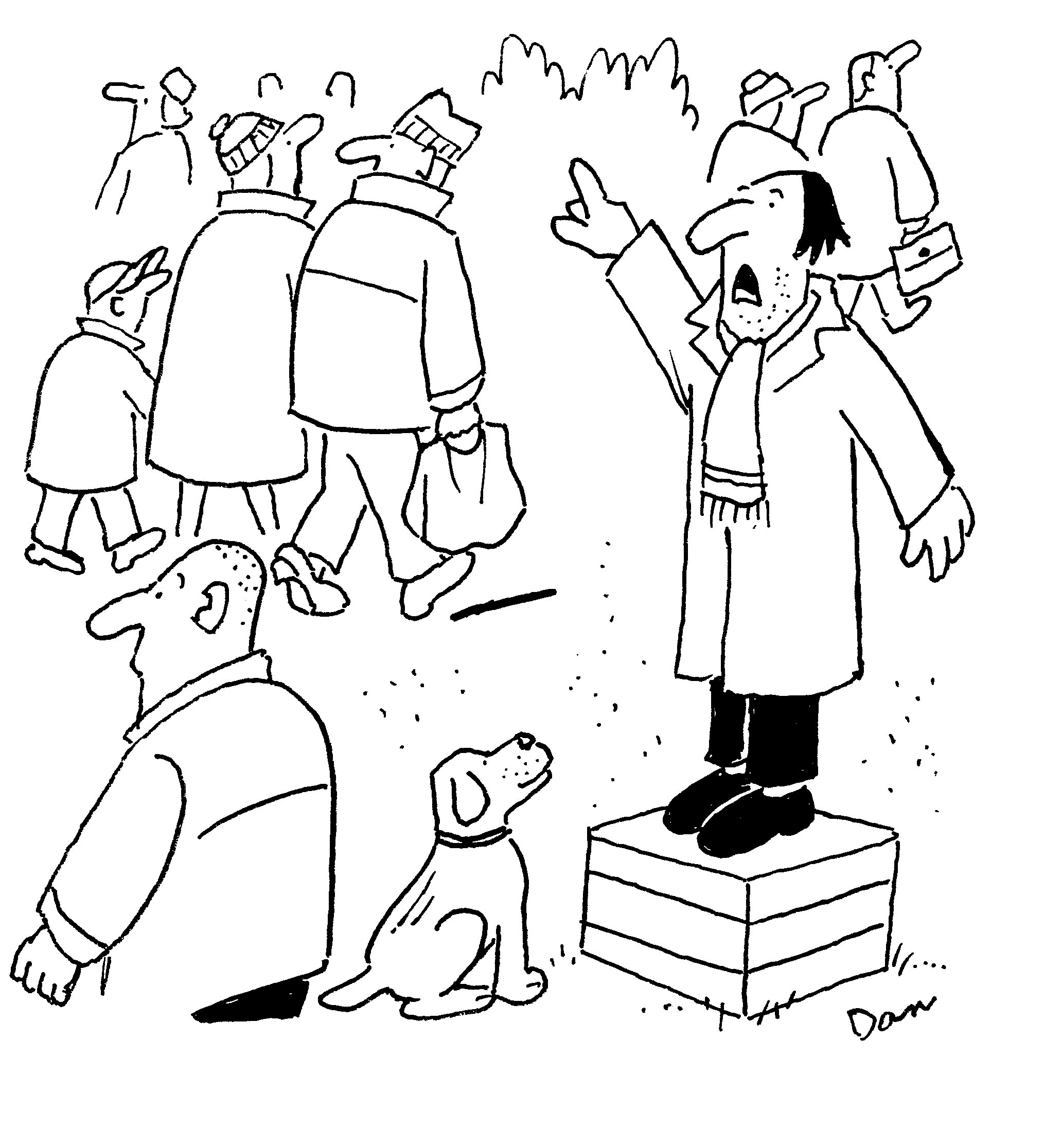
Tutorial: Unit 4
WRLD 302 - Communicating Across Cultures
This is one of 12 tutorials on intercultural communication. Click on "mobile page" at the bottom of the page for alternative views. You may create a print version by clicking on the "print all" link at the top of the page. Note that additional learning resources are linked in the sidebars.
Anticipated completion time for this tutorial (excluding reading chapter): approximately 75 minutes. Note that you can stop and come back and your score on completed items will be retained.
The objectives below can be achieved through working with the assigned readings, watching the presentations, doing the tutorial exercises, and posting to the discussion forums. Achievement of the objectives will be measured through the score achieved on the exercises (questions can be answered more than once), on the Blackboard quiz for this unit, and on the quality of contributions to the course discussion forums.
By successfully completing this unit, students should be able to...
|
This video excerpt introduces some of the key issues we will be dealing with in the this unit and in the course as a whole, involving microcultures.
|
First, watch the video (about 3 minutes long) below: |
After watching the video, think about the following:
Now, turn to the next page for comments. => Full YouTube video |
|
Not much open space in a Japanese garden, little room for sports or games. Not much grass, or many flowerbeds. Garden space in Japan is arranged with a lot of variety and creativity. Weekly grass mowing replaced by raking rock gardens into patterns. Overall impression of an American backyard: an environment created by man: of a Japanese garden: harmonious blend of natural elements. 2. What elements are typically included in a Japanese garden? Trees and shrubs are important and chosen for their color especially in autumn. Water is normally included, as are rocks and small statuary. The impression is one of informal natural beauty (except for rock gardens). However, in reality, everything in a Japanese garden is carefully planned out to create impressive views and perspectives. 3. What role do rocks and water play? Both are central elements in a Japanese garden, artfully arranged. Larger rocks are situated in or near to water. Water and rock represent the Buddhist ying (soft, feminine side) and yang (hard, masculine side). Rock gardens often are arranged to imitate streams of water flowing in various directions.
The two are clearly connected and designed to complement each other. Often the garden offers its best views from the multiple open spaces along the outside of the house. One has the impression that the garden and the house flow into one another. Man in harmony with nature (typically Asian perspective), not apart and above (Western view). 5. What do Japanese gardens seem principally to be used for? Not for playing catch. They provide an aesthetic and spiritual environment, designed for relaxation and meditation. Often winding paths guide visitors through the garden for a quiet walk, often including bridges. |
Communication is affected by many factors, including the environment in which the conversation takes place. Consider the different dynamics of talking in an American backyard versus a Japanese garden. In fact, a Japanese garden is more an invitation to silence (highly valued in Asian cultures) than to conversation. The different spaces also point to contrasting views of the relationship between man and nature. Western culture tends to want to change and dominate nature. Asian cultures look to harmonize with nature.
You should have read pp. 131-146 before watching this presentation.
=> View YouTube version | View/print presentation outline (PDF, useful for taking notes on presentation)
After reading pp. 131-146 and listening to the presentation, do the following exercises. The exercises are graded (point values shown). As these are learning activities, you may re-do each and improve your score. After completing all exercises in the lesson, click on the "finish" button on the bottom of the last page to submit your scores.
Q1: Information Load
Q2: Attitude towards nature
Q3: Semi-fixed space
Q4: Personal Space
Q5: Japanese housing
You should have read pp. 146-162 before watching this presentation.
=> View YouTube version | View/print presentation outline (PDF, useful for taking notes on presentation)
After reading pp. 146-162 and listening to the presentation, do the following exercises. The exercises are graded (point values shown). As these are learning activities, you may re-do each and improve your score. After completing all exercises in the lesson, click on the "finish" button on the bottom of the last page to submit your scores.
Q6: Privacy
Q7: Privacy in China
Q8: German culture
For preparing for the on-line quizzes on this material, the publisher Web site can be helpful. It includes Flashcards that cover the key terms listed below. There is also a Web quiz in multiple choice format that would be good practice for our on-line quiz. If you take the practice quiz from the publisher, you don't need to send the results to me (you can email them to yourself instead)
|